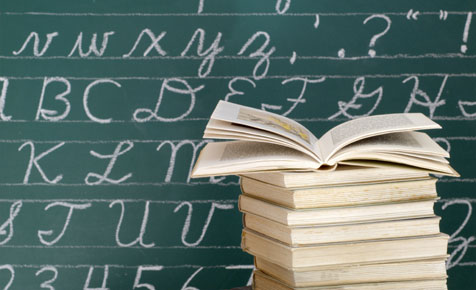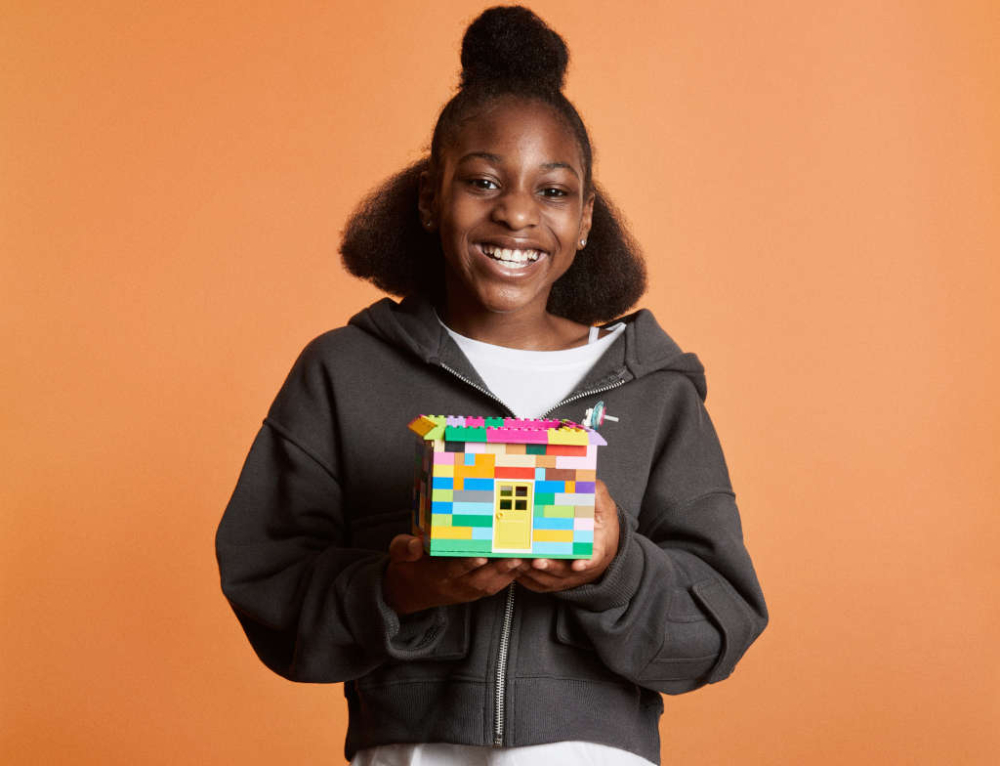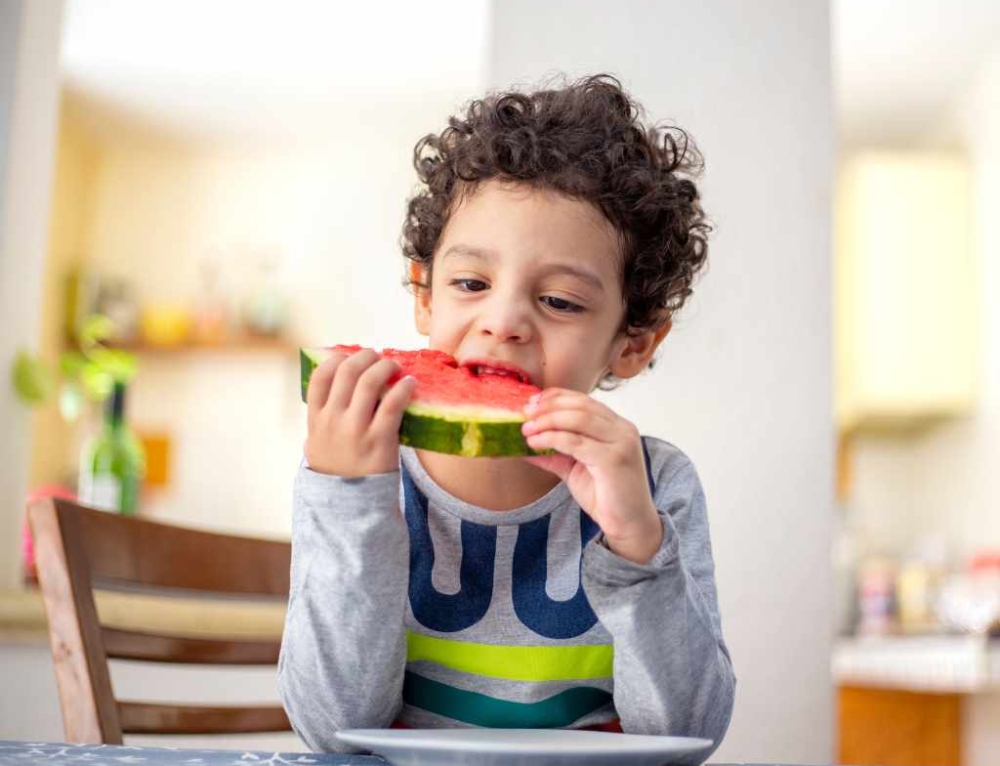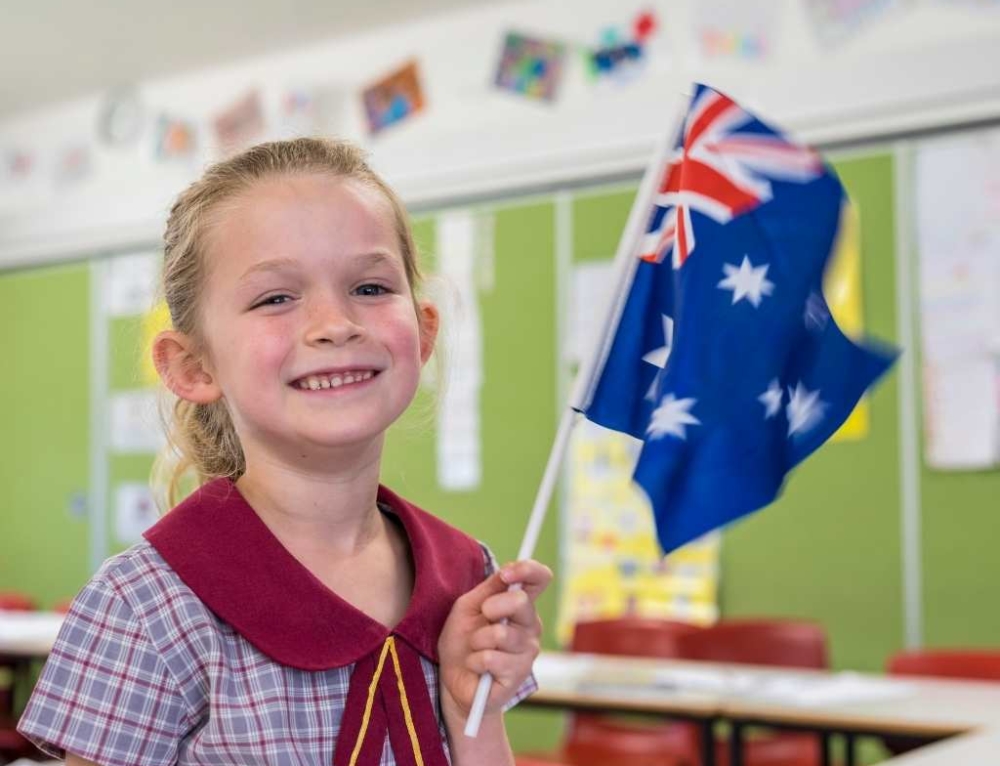Starting school is wonderfully exciting and a major part of this excitement can come from children learning to read. As adults we can take the complexity of learning to read for granted. Learning to read is hard work for young children but thankfully there are many ways at home you can support your child’s emerging literacy skills, helping them reach their milestones. Children will all develop in their own time within the context of opportunity, practice and previous experience. Children who come from literate homes where literacy skills are valued are at an advantage. This age is a period of huge development which may occur in leaps or bounds or steady consistent progress – all of which is usual.
How five to six year olds learn
-
5-6 year olds learn name recognition
Many class teachers will begin with a child’s name as a reading point as many children already know their name and can identify the letters in their name. This helps them feel confident about beginning the ‘learn to read process’. Provide your child with models of their own name at home which they can copy from.
-
5-6 year olds learn letters and sounds
Pre-schoolers often know their A,B,Cs however the first year of school is about learning the sounds which correspond with each letter. There are many phonics programs used nationally. Most programs begin by teaching children the letters in the sequence of a,m,s,t,I,f,d. This is due to each letter looking, sounding and being articulated (formed with the tongue and lips) differently which minimises confusion. Help your child by saying and singing silly tongue twisters. This will help your child become sensitive to the sounds in words.
-
5-6 year olds are learning the concepts of print
As pre-schoolers children are encouraged to become confident handling books. This is continued further by children this age as they learn ‘concepts of print’. Concepts of print is referring to holding the book correctly, identifying the title of a text, understanding that the front cover or title page often tells us what the story will be about, identifying the illustrator, directionality reading left from right and the return sweep (returning from the right hand side of the page to begin reading the next line on the left hand side).
-
5-6 year olds are learning letters vs words vs sentences
Children will learn that letters form words, which are then strung together in order to form sentences. States differ on the way of teaching this. When the teacher starts with sentences it is called a Top Down approach and when they begin with building words from letters it is a Bottoms Up approach.
-
5-6 year olds will learn to sound out
Teachers may describe the first words your child learns to read as CVC (consonant, vowel, consonant) words such as dad, mum and cat. Your child will learn to hear and identify each single sound and then pull the sounds apart and then slide them back together again. This skill helps with learning to write and spell words. Your child is not yet able to tell you how many syllables a word has but they can clap the number of sounds they hear in a word. Clapping games at home help them practice these skills.
Comprehension
5-6 year olds are also developing their comprehension skills at this time. There are six main comprehension strategies which can begin to be taught from this early age.
These strategies are:
- Making connections – linking what they read (or have read to them) to what they already know about the topic.
- Predicting – using the information in the text to guess what will happen next
- Visualising – being able to make a picture in their mind of what is happening in the story
- Monitoring – knowing when a word sounds wrong or when a story doesn’t make sense
- Summarising – children can explain what they have read or heard in 1 or 2 sentences.
Important
“Children are made readers on the laps of their parents” Emilie Buchwald.
- 5-6 year olds learn High Frequency Words. High Frequency words are a small number of words (children learn approximately 200) that make up a large percentage of written print. Children begin to learn these basic words such as the, and, they, said to help kids with reading more fluently and because reading can be very laborious for young children when they have to sound out each word. High Frequency words may be known to parents as sight words
- 5-6 year olds may have Home Reading. While each school will arrange nightly reading under a different system, nationally the importance of nightly reading for children has been recognised. It is important not just to read to your child but to interact with them about the text. Your child may bring a book home from school but also allow children to choose their own book at home. Easy books allow children to build their confidence. More difficult books which you may have to share the reading of allow them to follow their own interests. Create a special place for home reading and focus on your child. This models to them that they are important and that you value learning to read.







Leave A Comment
You must be logged in to post a comment.